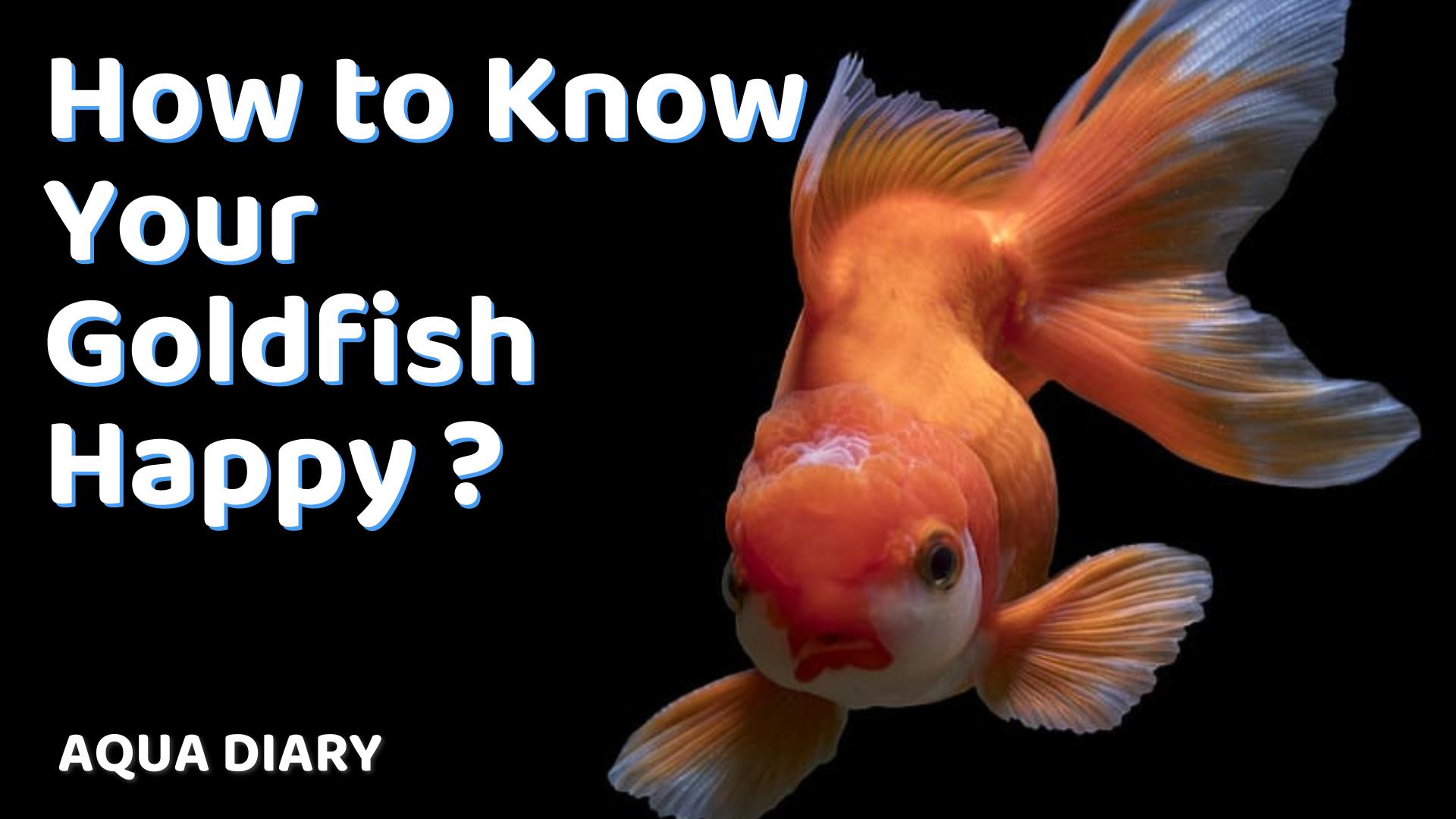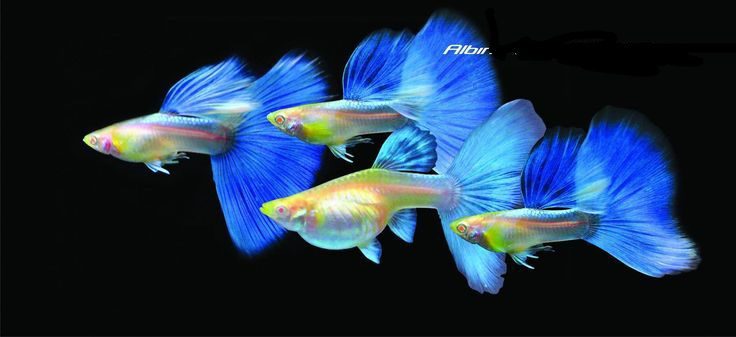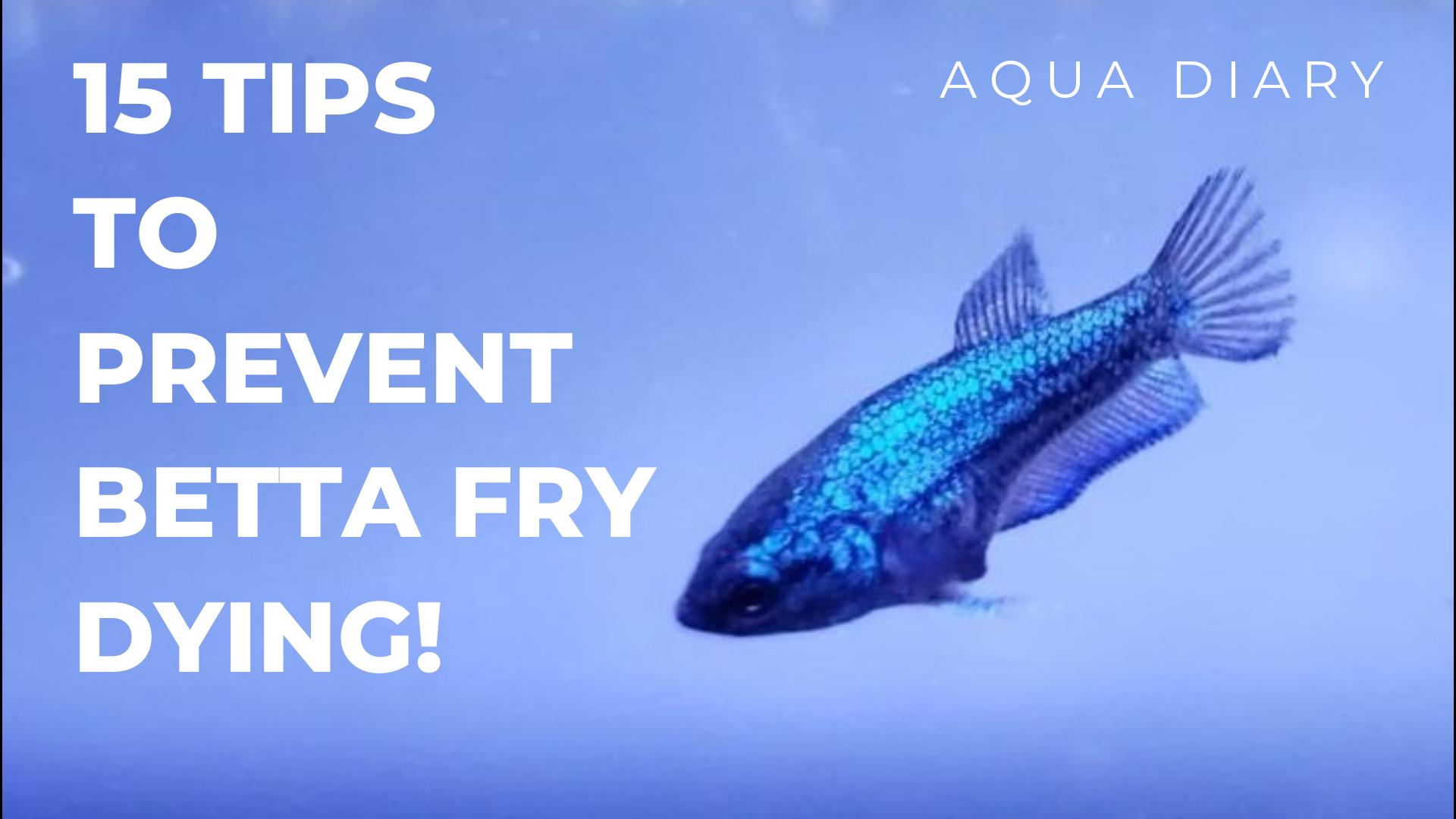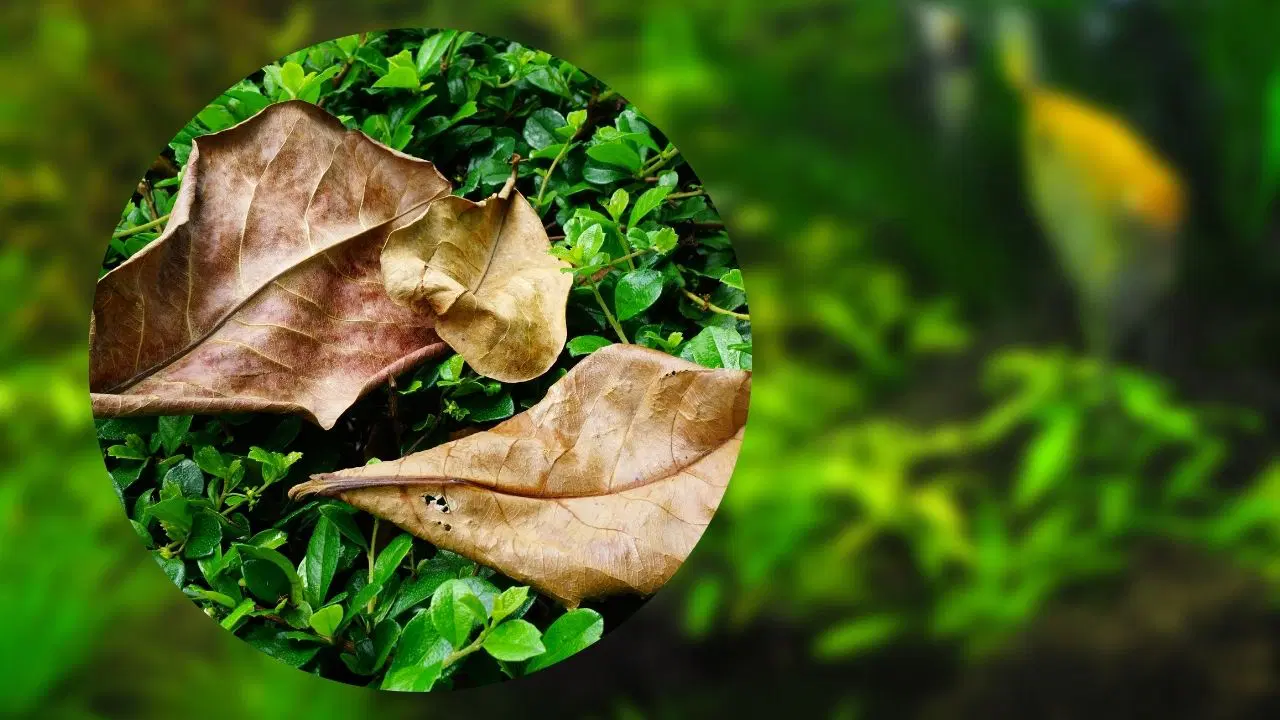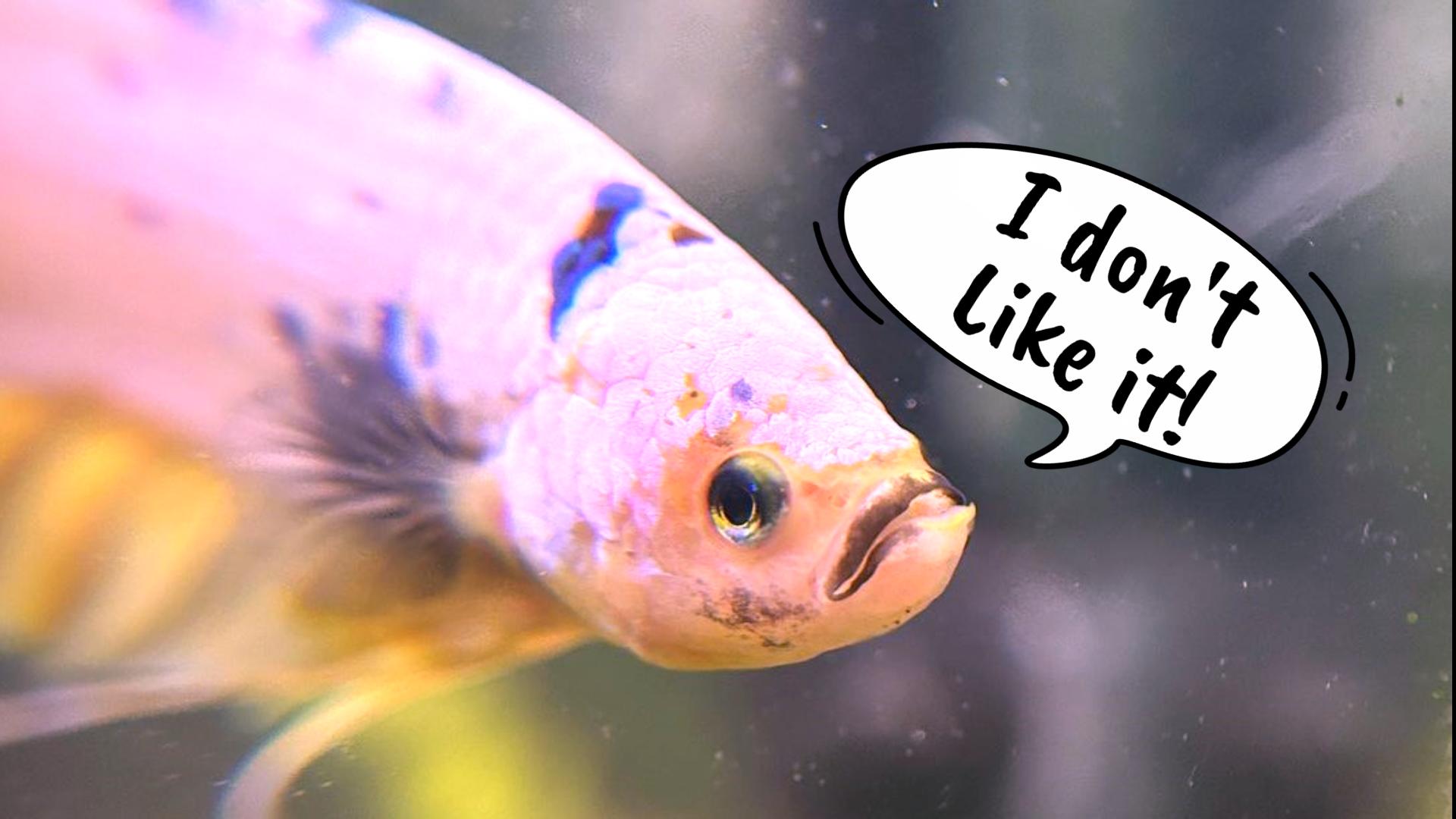If you want to ensure your goldfish has a happy and healthy life, today’s blog is going to be greatly helpful. I’m about to reveal 12 essential tips about happy gold fish that will change the way you care for your goldfish. Make sure you watch the blog until the end so you don’t miss a thing.
Goldfish are one of the most commonly purchased fish types for beginners. Goldfish are the most popular pet fish in the world; they’re easy to take care of, and they fit in any aquarium. So providing the right tank environment helps to keep them happy and healthy. Usually, they live for 5 to 10 years, but with good care, they can live twice as long. Let’s find out what’s best for them.
1. Get a proper tank – Happy Gold Fish
It’s important to give your goldfish enough room to swim when providing a healthy life. Aim for a minimum 10-gallon fish tank, and if you plan on having multiple goldfish, allocate about 5 gallons per fish. Avoid keeping your goldfish in a fish bowl as it simply doesn’t offer enough room for them to thrive. Keep in mind the potential size of your goldfish when they reach adulthood and consider the total number of fish you wish to keep. Certain types of goldfish, especially slimmer and more active varieties, may require larger and longer aquariums. While traditional fish bowls are too small for goldfish, there are newer, modern bigger bowl designs available that incorporate filtration and lighting, offering suitable alternatives.
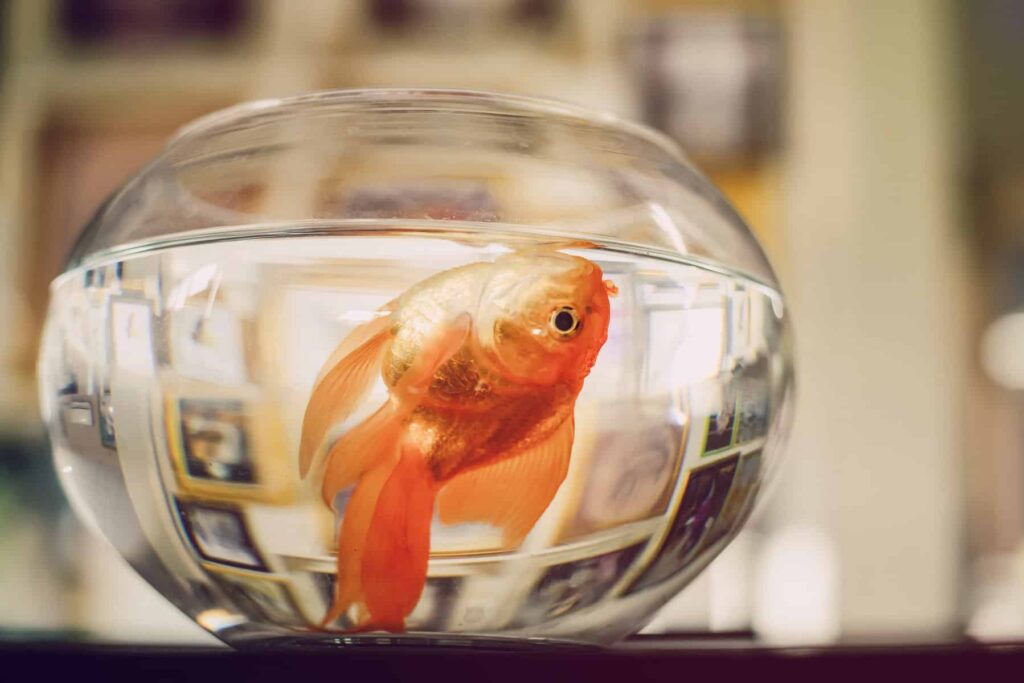
2. Add gravel to your aquarium
One of the key advantages of gravel is that it replicates goldfish’s natural habitat, reducing stress levels. Additionally, gravel serves as a safe place for beneficial bacteria, which are crucial to maintaining a healthy tank environment. By providing a designated area for beneficial bacteria to thrive, gravel prevents ammonia buildup, reducing frequent water changes. Moreover, gravel anchors keep plants in place and provide essential nutrients for their growth. It also serves as a decorative element, allowing you to create an aesthetically pleasing and visually captivating aquarium setup. I personally don’t recommend keeping goldfish without gravel in your tank unless you’re an expert fishkeeper with a high-quality filtration system.
3. Pick an effective filtration system
Goldfish are heavy feeders as well as waste producers and require efficient filtration of a suitable size to maintain water quality. Proper filtration will ensure water is regularly filtered mechanically and biologically via the nitrifying bacteria in the filter. If the filter does not create bubbles or stir the surface water, an aeration system can also be attached to ensure water oxygenation. When selecting a filter, ensure the current is adjustable. Some types of goldfish find it difficult to swim in a fast current, so the current shouldn’t be too strong.
4. Customize the fish tank – Happy Gold Fish
A fish tank filled with objects and plants that enrich your tank is a good idea. When choosing rocks, pick larger ones to prevent goldfish from picking up and swallowing small stones, which can lead to unfortunate consequences. Because goldfish may eat anything they can fit in their mouth. So goldfish eat gravel sometimes if they fit in its mouth. Consider adding fun objects to the aquarium that serve as hiding spots for your goldfish. These hiding places are essential as goldfish instinctively seek shelter due to their natural prey status. During your monthly cleaning routine, rearrange the tank by moving plants and items to different areas. This creates a fresh playground for your goldfish to explore and enjoy. Introduce new items to the tank, such as plants or decorations, to provide novel experiences for your fish. Remember to select items that are safe for the tank.
5. Feed healthy and in the right quantity
When it comes to feeding your goldfish, it’s critical to provide a healthy and varied diet. To simulate their natural eating habits, include small insects, bloodworms, flakes, and pellets in their diet. You can also include various fruits and vegetables like chopped apples, spinach, and broccoli. High-fiber food is better for their digestive system. Overfeeding can lead to severe health issues, as goldfish have no stomach.?? Overfeeding not only affects their well-being but also pollutes the tank with excess organic material, making the water less healthy for the fish. Remember, a small pinch of fish food flakes 2 to 3 times a day is sufficient for one goldfish. Adjust the amount accordingly if you have multiple goldfish, ensuring all food is consumed within 2 to 3 minutes.
6. Perform regular water changes – Happy Gold Fish
To maintain your goldfish’s health, perform weekly partial water changes of 10-25% of the tank water. You can use the siphon to vacuum the substrate and remove fish waste and leftover food from the gravel. It’s critical to avoid rapid movements during water changes that may stress the fish, but they can remain in the tank during the process. Add a water conditioner to neutralize chlorine and chloramine. Avoid over-cleaning the filter media as it removes beneficial bacteria. These bacteria break down ammonia into less harmful nitrates, preventing fish poisoning and death. To get rid of algae build-up inside the aquarium, gently wipe the insides with an aquarium-safe sponge or use a magnetic glass cleaner. Never use soap or detergents when cleaning an aquarium, as they can harm the fish and the overall ecosystem.
7. Maintain water quality and temperature
Maintaining proper water quality is crucial for your aquarium, especially for goldfish. Regularly test your water for ammonia, nitrite, and nitrate levels to ensure biological filtration effectiveness. Additionally, it’s critical to monitor other water parameters to keep things in a safe zone. We have some product recommendations for aquarium test kits. Check the pinned comments for more details. While goldfish are generally tolerant of a wide range of temperatures, it’s still essential to check your heater daily to maintain an optimal temperature. Ideally, the temperature should range between 64 and 68 degrees Fahrenheit. If temperatures exceed 75 degrees, ensure that they are not consistently maintained for prolonged periods.
8. Increase Aquarium’s Oxygen Level
Ensuring a sufficient oxygen supply is crucial not only for goldfish but for any fish’s proper growth and well-being. If you observe your goldfish moving around less, gasping for air at the water surface frequently, rapid gill movement, and eating less are possible symptoms of low oxygen levels. Using an air pump is a simple and reliable way to increase oxygen levels. Also, a large water change can increase oxygen in the aquarium. Elevated water temperatures can contribute to low oxygen levels, as warmer water holds less oxygen. So placing some ice cubes in a zip-closed bag and hanging them inside the aquarium would be a considerable option to increase oxygen levels.
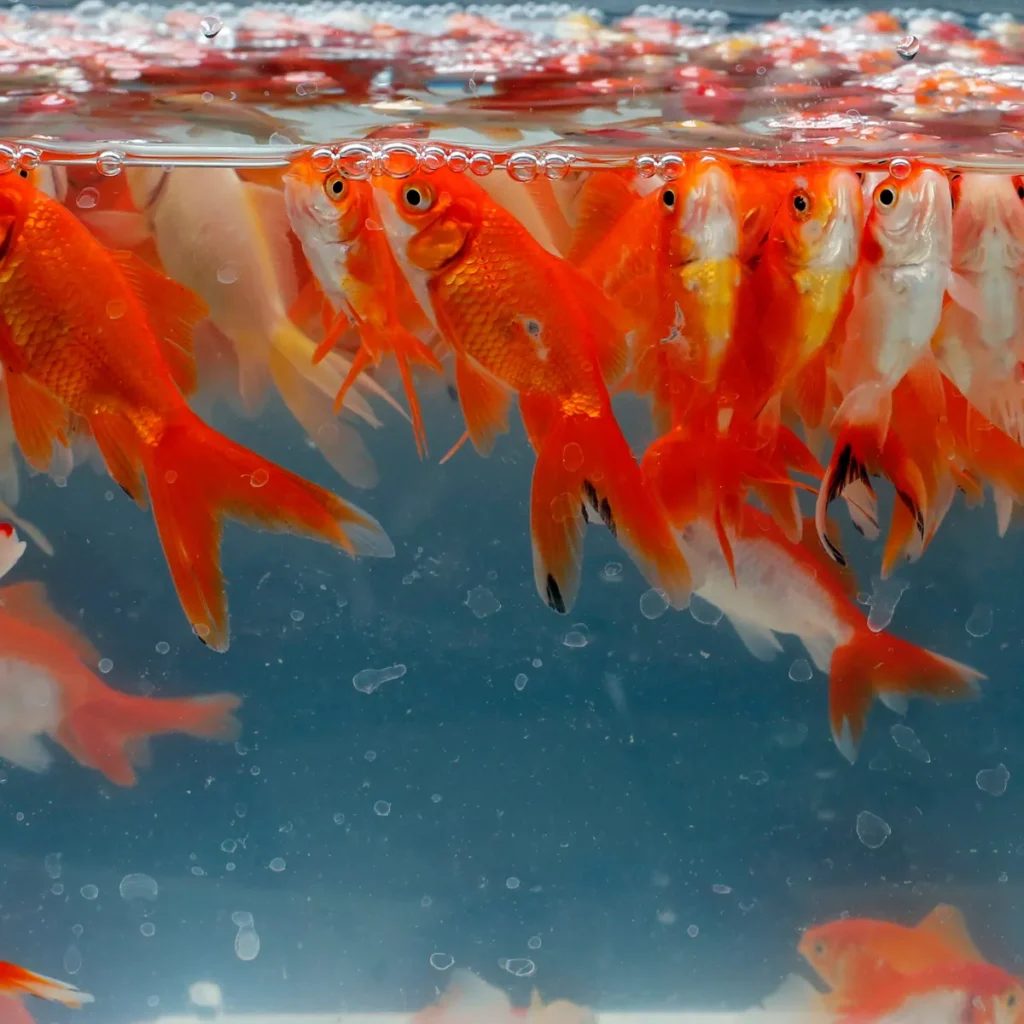

9. Introduce Some Plants – Happy Gold Fish
One of the most significant advantages of live plants is their ability to produce oxygen. Since goldfish naturally inhabit plant environments, incorporating them into your aquarium replicates their natural habitat and reduces stress. Goldfish, being omnivorous scavengers, may enjoy nibbling on plants from time to time. Live plants offer numerous benefits for your goldfish and the overall aquarium ecosystem. Plants also contribute to the overall aesthetic appeal of your aquarium, allowing you to personalize it and create a customized and visually interesting look. Additionally, goldfish find comfort and security in sleeping beside plants. Ensure that decorations are free of sharp edges or small holes that could harm or trap your fish. This is especially true of some of the less agile goldfish varieties with impaired vision. To prevent algae outbreaks, keep the aquarium away from direct sunlight or windows. Aquarium lights can be left on for around 8 hours a day, providing the necessary light for plants while minimizing excessive algae growth.
10. Teach some tricks to your fish
Goldfish can be trained to perform impressive tricks. Use food as a reward to train your goldfish and encourage simple progress. But make sure to provide food as frequent rewards without filling up your fish too quickly by dispensing food in small quantities. You can purchase or create items such as hoops for your goldfish to swim through, a mini soccer ball or basketball along with a net, or even a tunnel. Designing your own unique props adds an extra touch of creativity to the training experience. With patience, persistence, and a bit of imagination, you can discover the hidden talents of your goldfish and create a unique and entertaining training experience.
Signs of Happy Goldfish
A happy goldfish will exhibit active swimming patterns, explore its surroundings, and interact with other fish or objects in the aquarium. It will show curiosity and engage in normal behaviors. A goldfish that eagerly eats its food is generally a positive sign. Healthy goldfish display bright and vibrant colors. Also, they will have clear, bright eyes without cloudiness or redness. Its fins should be intact, not torn or frayed. Goldfish should swim smoothly without struggle, floating issues, or abnormal behavior. If your goldfish peacefully coexists with its tank mates, without showing signs of aggression or distress, it is likely in a positive state. A happy goldfish will respond to changes in its environment, such as new decorations or an owner near the tank.
I hope today’s blog helps to keep your goldfish healthy and happy. Add your comment below if you have any questions about more fish care or insights you’d like to hear from us.

